|
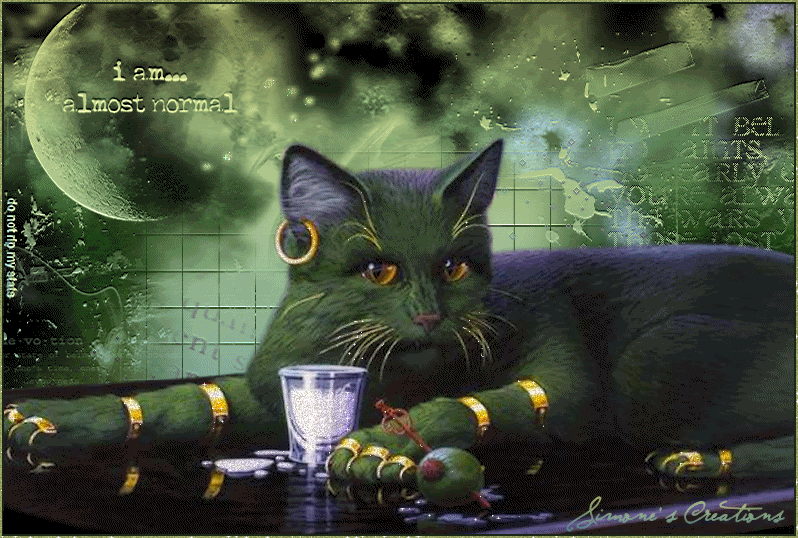
"Thou art the Great Cat, the avenger of the Gods, and the judge of words, and the president of the sovereign chiefs and the governor of the holy Circle; thou art indeed...the Great Cat."
~Inscription on the Royal Tombs of Thebes~
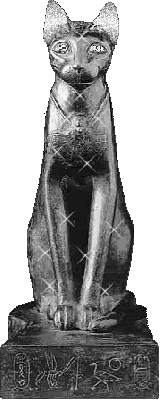

Animal worship in ancient Egypt is part of the culture of daily life of Egyptians. Animals of every kind were respected and revered, as they were in close contact with deities and gods that the average Egyptian could not reach.
The cat in ancient Egypt, or miw (to see), was a sacred and respected beast. These small companions fascinated the Egyptians, and were venerated by all. It was in Egypt that the cat was first domesticated 4,000 years ago and where they were held in the most admiration and respect. There is evidence of wild felines around the banks of Egypt, but it was not until around 2000 BCE that the fully domesticated cat was brought into the houses of Egyptians.
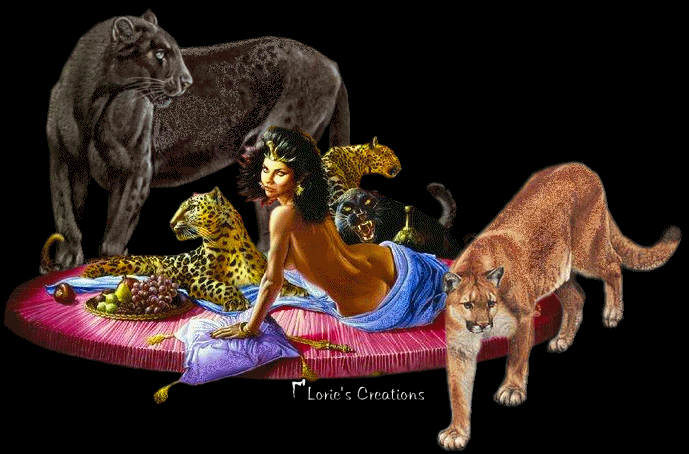
The first domesticated Egyptian cats in Egypt were more than likely used for warding off the common asp and other snakes, and the typical chasers of rodents. Slowly though, the cat became more to the Egyptians than just a normal animal, the cat became a god.
During the New Kingdom (1540 to 1069 BC), there were many tomb scenes that started showing cats as part of everyday life. The ancient Egyptians took their cats on hunting excursions instead of dogs, The most popular excursions being the marshes where cats may have been trained to retrieve fowl and fish. Another very common scene in tomb paintings was the picturing of a cat seated underneath a woman's chair. Children had become known in their family as Mit or Miut, showing great affection not only for the child but for the cat as well. Statues of cats were placed outside the house to protect the inhabitants and to ward off evil spirits. This showed scientists that the cat had become an integral part of the ancient Egyptian family life.

Mafdet was the first Egyptian feline deity, sometimes depicted as a lynx, but the most famous cat goddesses in the world, first revered by the ancient Egyptians were Bastet (also known as Bast, Pasch, Ubasti) and the lion-headed Sekhmet.
Bastet had the roles of fertility, protector of children and the protector of all cats. Bastet became so popular infact that she became a household goddess. This goddess was called Bastet when in full cat form, and Bast when only having the head of one and the body of a beautiful woman. Bastet's counterpart was the goddess Sekhmet who represented the cat goddess' destructive force. Sekhmet is known as the goddess of war and pestilence. Together, Bastet and Sekhmet represented the balance of the forces of nature in Egypt.

In Bubastis, or Tell Basta, the cats lived a lavish life as the `embodiment' of Bastet in her temples. Here they were served upon and taken care of until they passed away, and it was here that their bodies were mummified and given as offerings to Bastet. Bubastis contains the remains of over 300,000 cat mummies. Upon being inspected, some feline mummies had severe trauma to the head or neck, signifying that they were killed on purpose, perhaps to lower the growing population or for offerings for Bastet. Giza, Abydos, and Dendereh were also feline tomb cities other than Bubastis.
When a cat died their former owners and occupants of the house would go into deep mourning and shave their eyebrows as a sign of grief. People are not the only mummies in Egypt, as the cat was also mummified significantly. The process of feline mummification had six steps:
Removal of organs
Body is stuffed with sand or packing material
Feline is placed in a sitting position
Body is wrapped tightly
Faces and designs are painted on wrappings with black ink
No chemicals, only natural dehydration
In the tombs of the cats were set bowls of milk along with mice and rats.
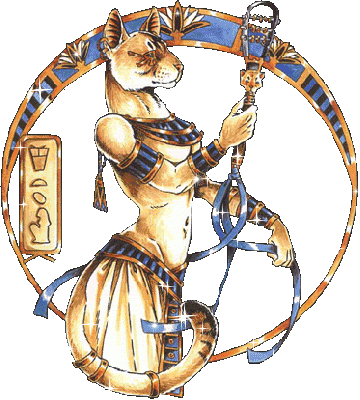
Cats were not only protected by almost every occupant of Egypt, but also by the law. So extreme infact was the devoutness of the Egyptian culture to the cat, that if a human killed a feline, either intentionally or unintentionally, that human was sentenced to death. Laws were set that also forbid the exportation of cats, though more often than not, many were smuggled to the neighboring Mediterranean countries. Documents state that armies sometimes were set out to recapture these cats from the foreign lands.
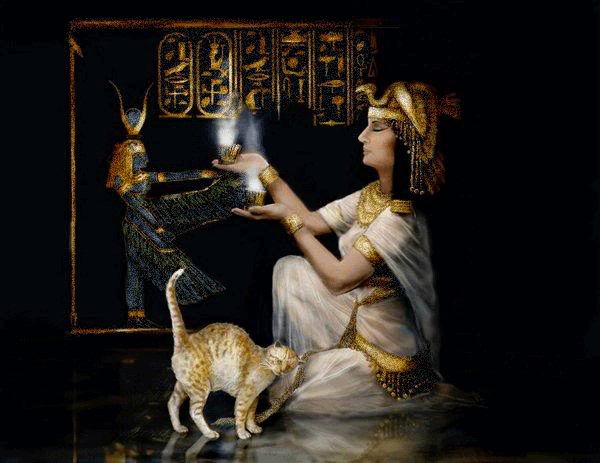
Herodotus stated a story once about a fire in a house in Egypt. The men from the house stood outside in a line to protect the cats from harm and danger. Another statement from Herodotus explains even greater the significance of the cat to Egypt. Herodotus begins with the Egyptians in war with Persia. The Persian general had decided to collect as many cats that his men could find or steal, knowing the great importance of the cat to Egypt. The soldiers then returned to the town of Pelusium and set the cats free on the battlefield. Horrified, the Egyptians surrendered the city to the Persians rather than harm the cats.
The cat held a powerful spot in the history of Egypt. While she protected his land and his people, she also protected the mystique that is and was the cat in ancient Egypt.
by Leah Marie Graham 2004
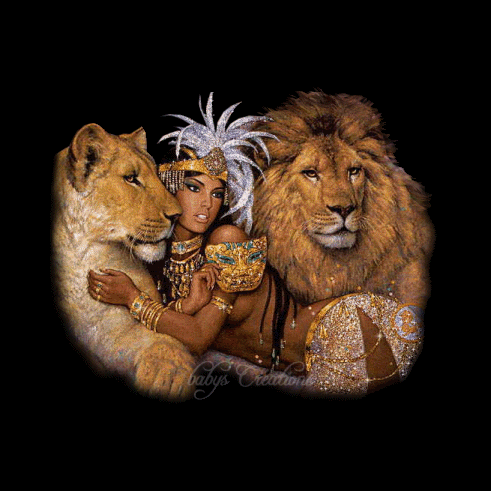
background and graphics by:
  
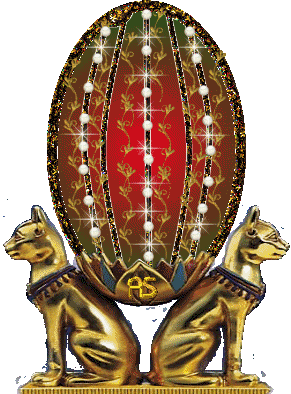
 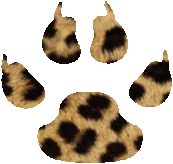
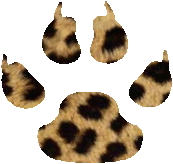
|